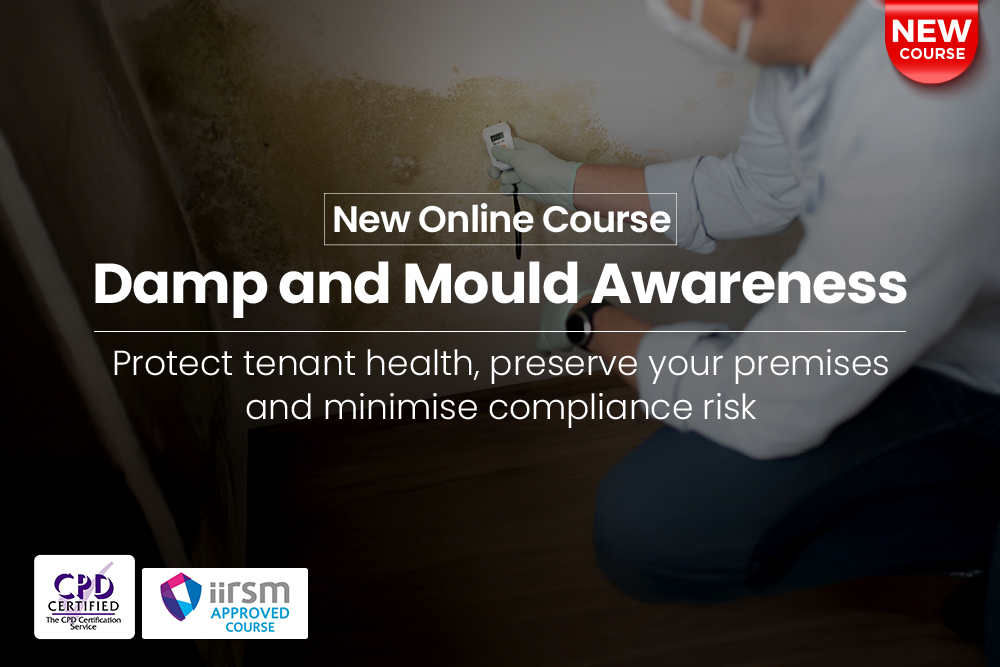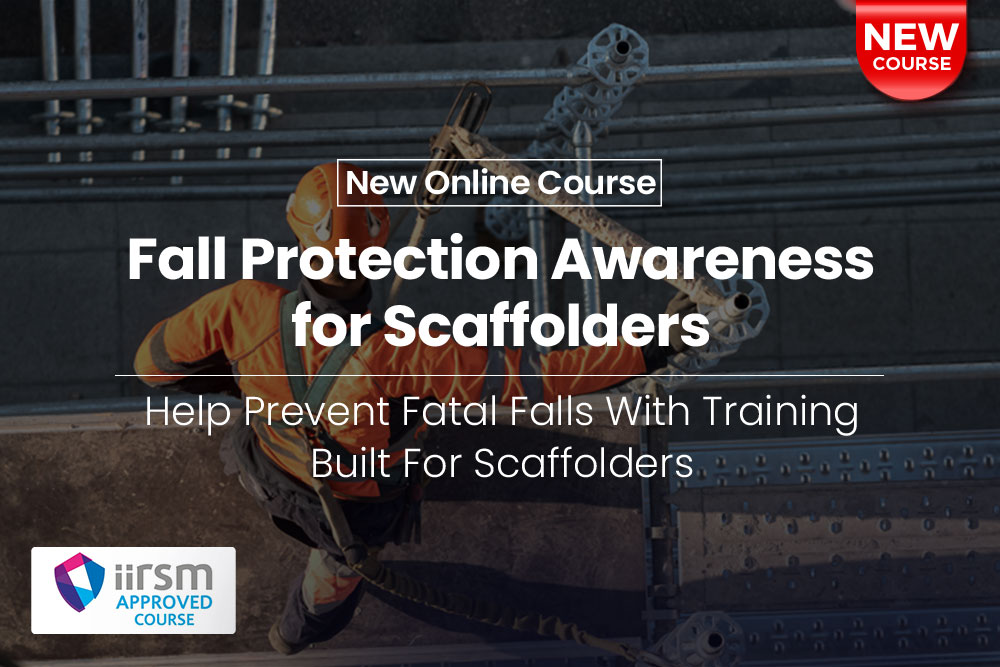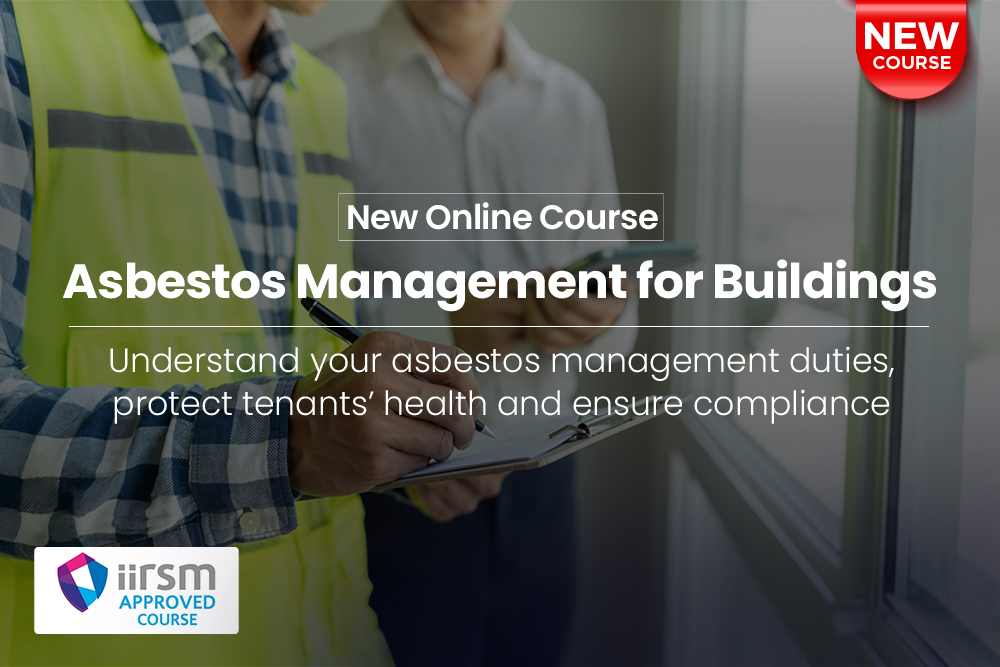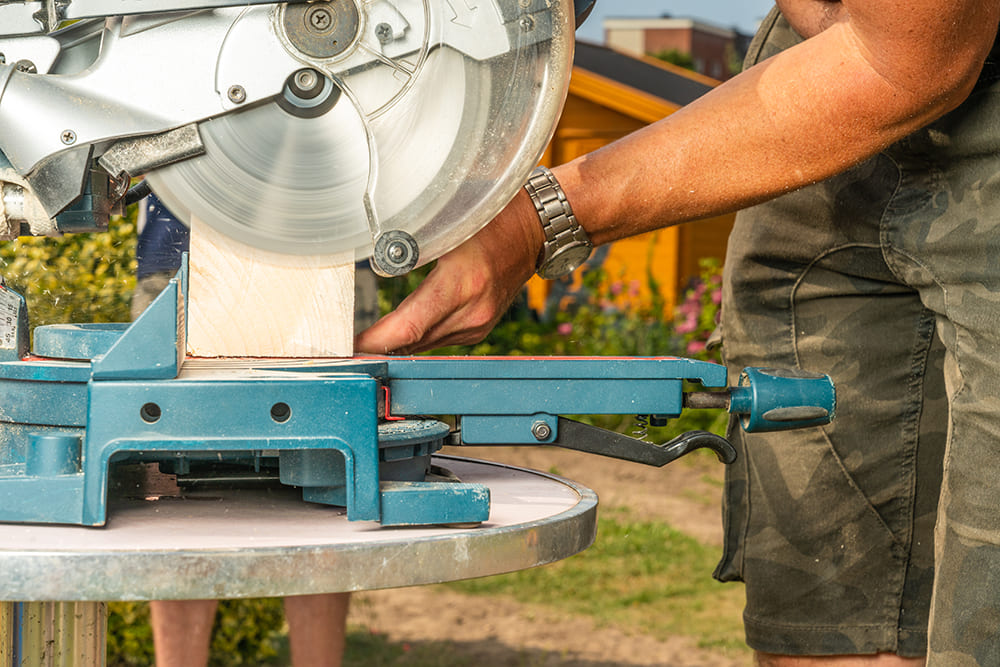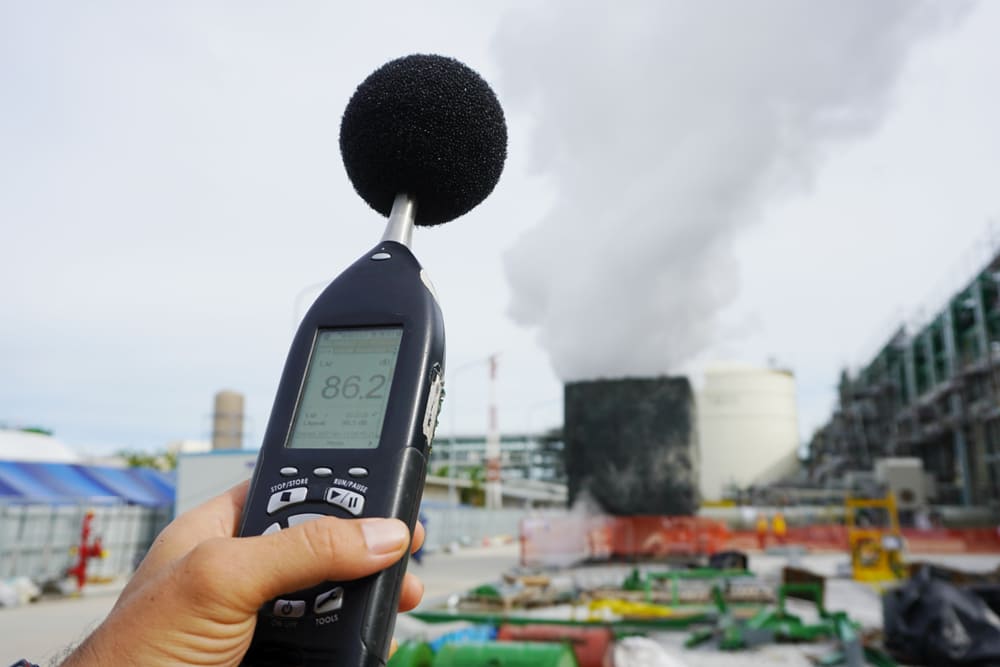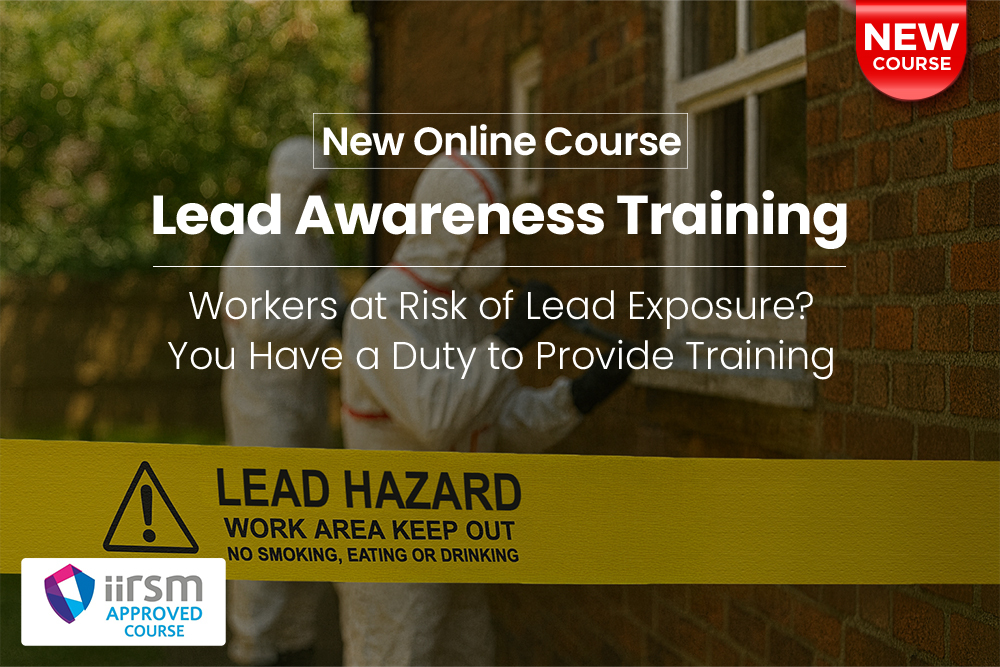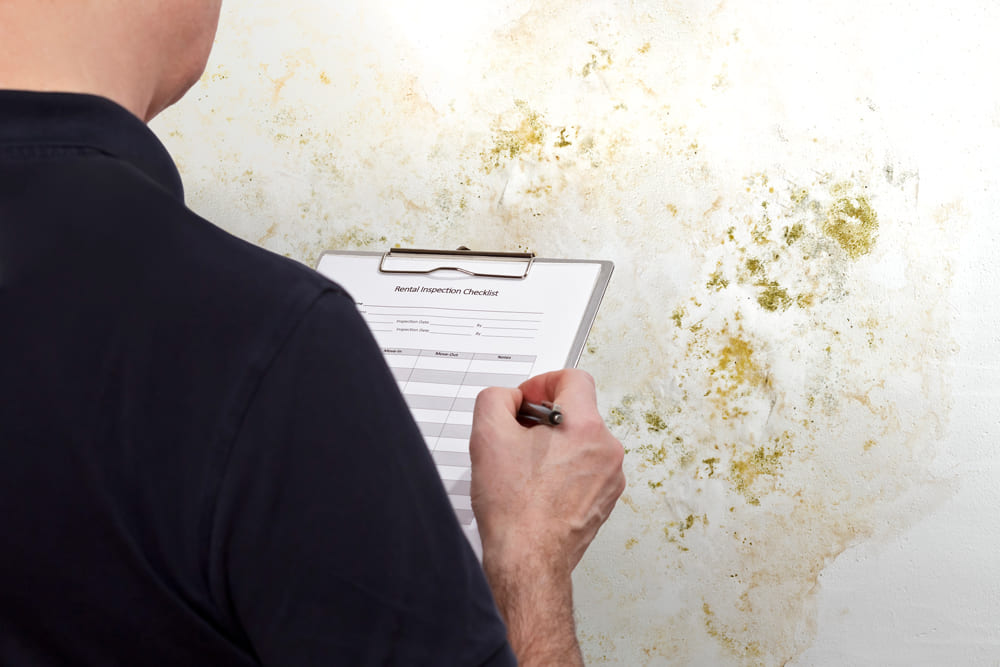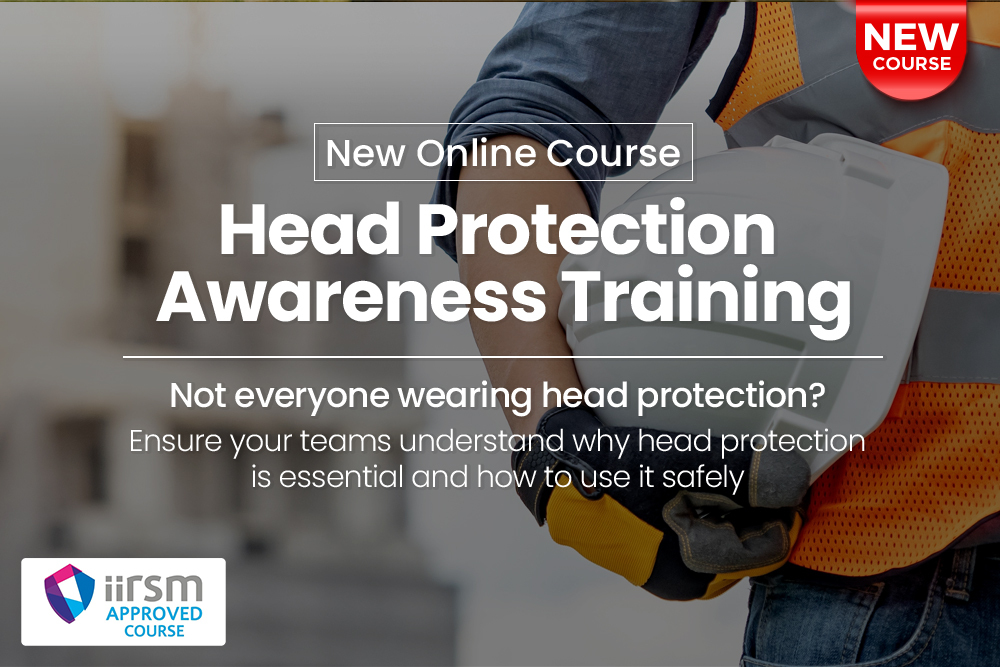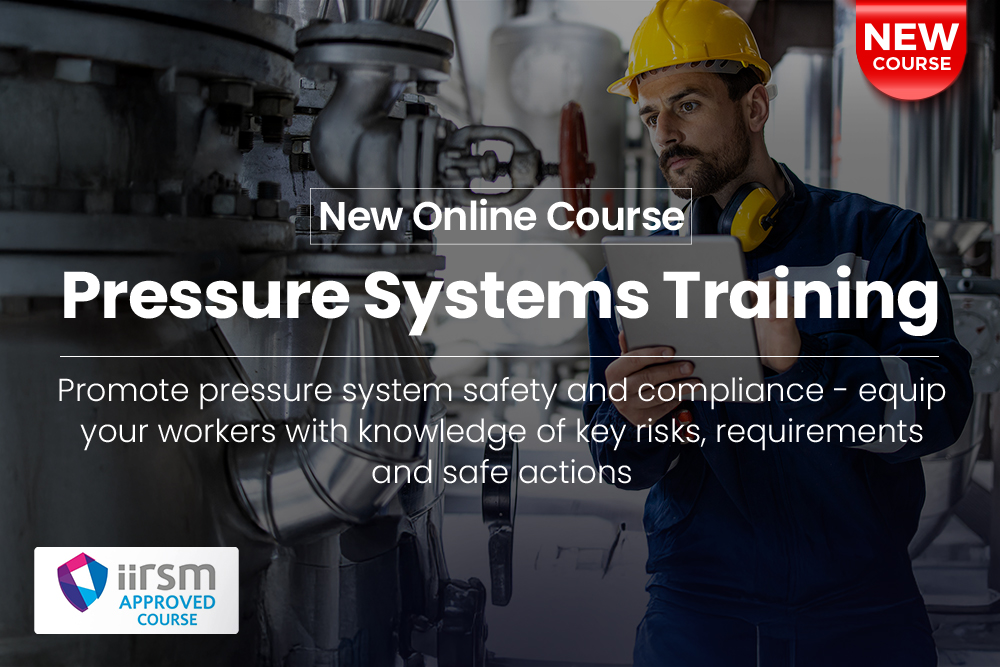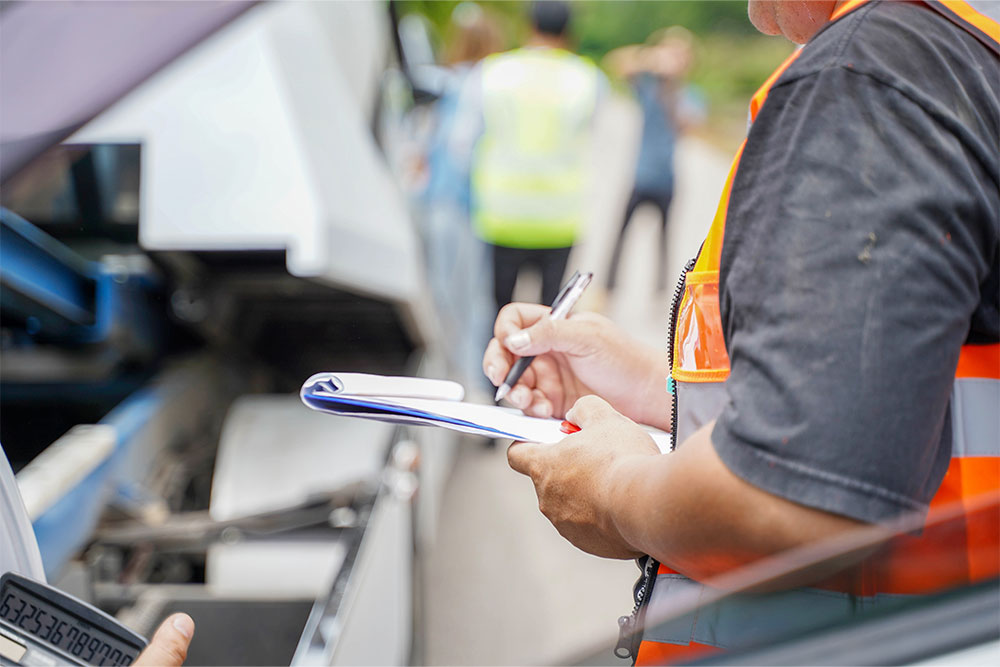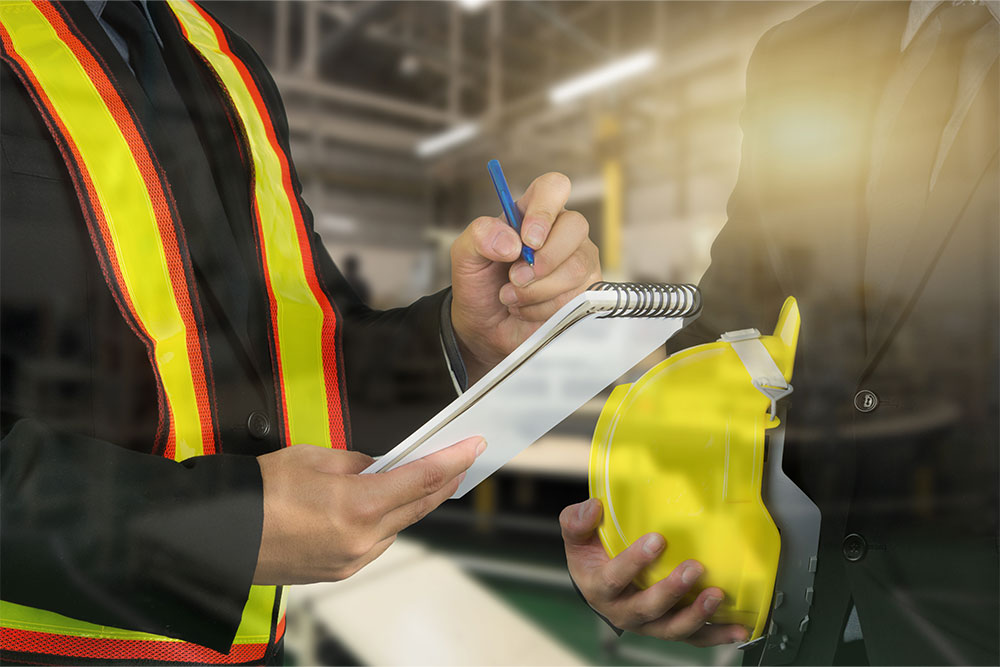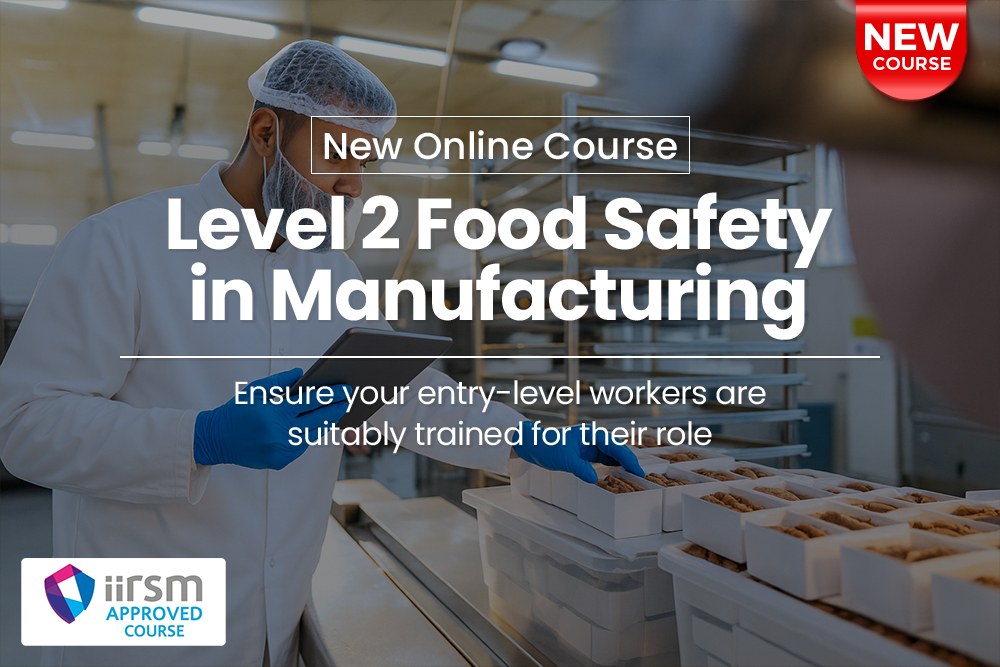
Imagine you’re on your way to the airport. Suddenly, your stomach drops. Did you lock the front door? Of course, you did.
Or did you? No. You definitely did. But what if you didn’t?
If this has ever happened to you, you’ve fallen victim to a common problem with our memory. The more you repeat a task, like locking your front door for example, the harder it gets to actually remember doing it.
So, whether you’re getting ready to perform your first PAT test or your hundredth, you can follow our PAT testing checklist to make sure you’re getting it right.
Checklists help you keep track of what you’re doing. Useful for when you’re getting ready for a holiday or PAT testing electrical appliances.
What is PAT Testing?
The ‘PAT’ in PAT testing stands for Portable Appliance Testing.
(Yes, this means you’re technically saying ‘testing’ twice. Don’t worry about it.)
PAT testing is a routine check-up of certain types of electrical equipment. It confirms the device is safe to use and unlikely to start a fire.
A PAT test involves a visual inspection of the appliance and a checks using a portable appliance tester.
Why is PAT Testing Important?
Employers have many legal and moral responsibilities to protect their staff and workplace from the potential devastation of a fire.
And defective electrical equipment is consistently one of the biggest fire hazards in the workplace. Faults with appliances can also lead to staff being burned or shocked. But faults aren’t always obvious.
PAT testing solves this. Regularly testing appliances identifies faulty equipment whether the problems are obvious or not. So, you can safely remove it from your workplace for repair or replacement.
And this goes for any electrical device. Anything that plugs into the wall should be PAT tested, even if it’s fixed equipment. The ‘portable’ refers to the tester, not what should be tested.
Do You Need to Do PAT Testing?
Employers have a number of legal duties to make their workplace safe.
This includes checking electrical appliances regularly and ensuring they’re well maintained and safe to use. But PAT testing is not technically a legal obligation. It’s a simple, effective tool for meeting legal obligations.
Because of this, PAT testing is considered best practice for workplace safety.
How Do You PAT Test?
The Health and Safety Executive (HSE) states that full PAT testing should involve two steps:
- A formal visual inspection
- Use of a portable appliance tester
Each step requires multiple assessments and must be recorded so it is recommended to use a checklist. This way, you can be confident you haven’t missed an important part of the PAT process and have evidence of your work.
User checks, while not a part of the combined visual inspection and test that makes up PAT, are also an essential part of good electrical maintenance. And anyone administering PAT tests should be aware of any issues or suspected faults that users have reported before testing an appliance.
User Checks
Anyone who operates electrical equipment in the workplace should understand how to use it safely and how to spot common faults.
Users should check equipment for any signs of damage or potential hazards before they operate it. This is only a casual visual inspection so it doesn’t need to be recorded. However, any issues or suspected faults must be reported immediately.
Formal Visual Inspection
Different from regular user checks, a formal visual inspection can only be performed by a competent individual and should be recorded. This type of inspection often precedes a test with a PAT device but can sometimes be used on its own to check if certain electrical appliances are safe to use.
Always switch off and unplug the device before you test an appliance.
You should then inspect the:
- Plug – look for signs of obvious damage and make sure the earth, live and neutral cables are wired correctly.
- Cable – inspect the cable for damage, including fraying or cuts to the rubber housing. Any exposed wiring is an automatic fail.
- Appliance – check for any damage to the appliance itself. This includes cracks or burn marks.
- Immediate environment – scan the area around the appliance. You’re looking for signs of water, overloaded extension cables or other hazards.
- Plug socket – while you’re inspecting the area around the appliance, it’s best practice to check the socket the device is usually plugged into. Look for cracks or burn marks and confirm the shutter is in place.
Once you’ve confirmed the appliance and its immediate environment are hazard free, you might need to use a portable appliance tester.
Check with the PAT Tester
A portable appliance tester should only be used by a competent person trained to do so.
The tester checks earth continuity, lead polarity and insulation. If you’re unsure what any of that means, you probably shouldn’t be responsible for PAT testing.
After the test, a device will pass or fail. It’s either safe or not. You cannot allow a failed device to be used. If the device is repaired, it must pass another PAT test before it can be used again.
Where to Get Your Test Checklist
PAT testing is one of the simplest and most cost-effective ways of keeping your workplace electronics safe.
Knowing how to PAT test makes you a valuable asset to your business. You can make your workplace safer, prevent common dangers and fulfil legal duties to keep appliances working safely.
We offer a free downloadable checklist to help you with your PAT testing responsibilities. But if you want to learn more about PAT or get trained yourself, our PAT Testing Course will teach you how to conduct tests, including visual inspections and the use of portable appliance testers.
You’ll be able to confidently check electrical devices in a range of low-risk work environments. You’ll also get an additional free e-checklist you can use as a digital record of your work for easy file keeping.




































